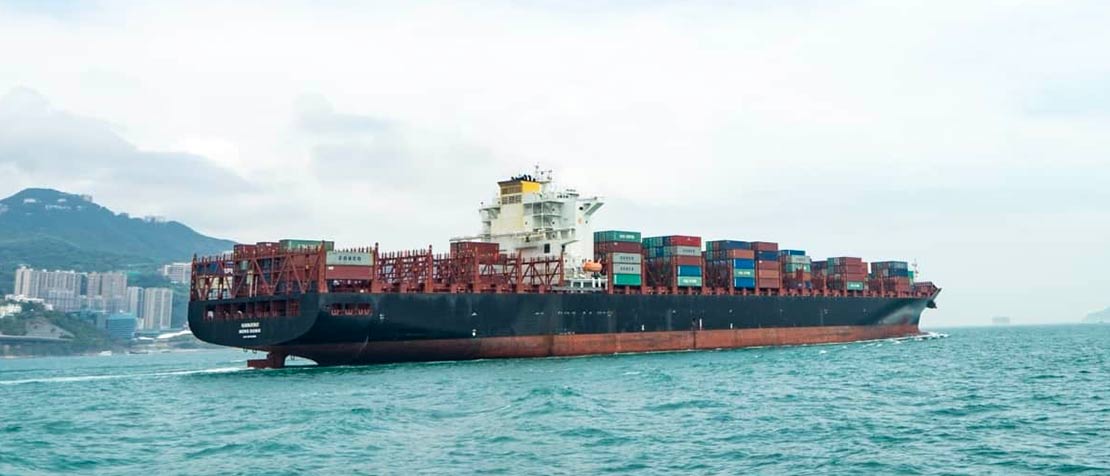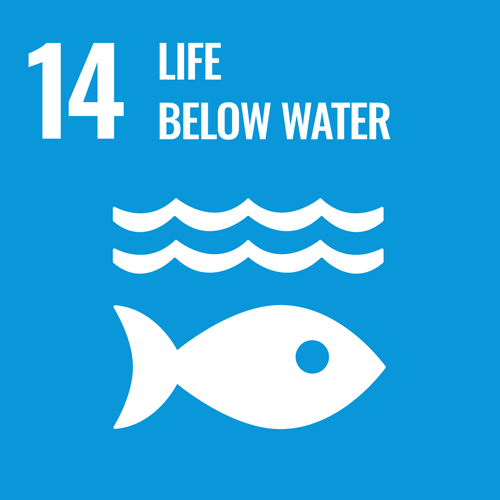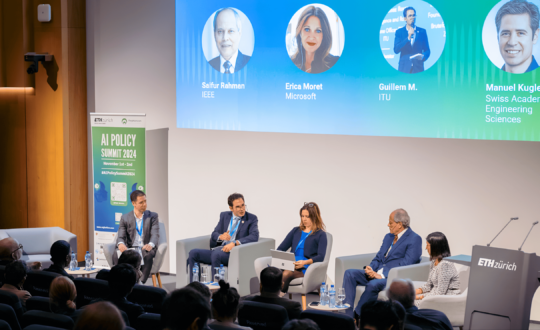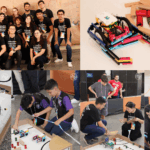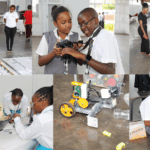The autonomous shipping industry is making waves, as established companies and tech start-ups apply emerging technologies to one of the oldest industries in the world, maritime transport.
Despite concerns similar to those facing autonomous vehicles on land, including questions about automation’s effects on labor, responsiveness and ethics, proponents argue autonomous shipping could result in gains in efficiency and safety. With about 90% of the world’s trade carried by sea and ships among the largest contributors to carbon dioxide emissions, autonomous shipping efforts could also support United Nations’ Sustainable Development Goal 7, Affordable and Clean Energy.
‘Autonomous shipping can offer better efficiency, reliability, safety and sustainability for shipping.’ – Päivi Haikkola, Ecosystem Lead ONE SEA – Autonomous Maritime Ecosystem
Developments in autonomous shipping, such as those that allow ships to deal with weather and currents more efficiently, can lead to fuel savings and fewer emissions, says Päivi Haikkola, Ecosystem Lead of ONE SEA – Autonomous Maritime Ecosystem, a collaboration of experts whose aim is to encourage the creation of an operating autonomous maritime ecosystem by 2025.
“Autonomous shipping can offer better efficiency, reliability, safety and sustainability for shipping,” Haikkola says. “The efficiency gains on their own will enable massive fuel savings in shipping, which in turn will reduce emissions.”
Autonomous shipping technologies can also help increase safety for the crew, who traditionally have had one of the most dangerous industrial jobs, says John Cross, professor at the Marine Institute of Memorial University of Newfoundland in Saint John’s Canada.
“A large number of marine accidents are caused by machine failure,” he says. “Having ship engines that always undergo routine maintenance as well as increased predictive maintenance will provide much safer ships.”
Here are a few developments in autonomous shipping to watch.
New company
Norwegian companies Wilhelmsen and Kongsberg are partnering to create autonomous shipping company Massterly.
The company, which will use Kongsberg as a technical provider and Wilhemsen for logistics and ship management, was officially established 1 August, and ship operations will likely start late next year. The first vessels will be manned but will have a high level of automation, says Tom Eystø, Managing Director of Massterly.
“Massterly’s vison is to be an enabler for the strategic important vision both shared by Norway and the EU to move goods from road to sea or rail,” he says. “Massterly aims to do this by providing turnkey logistics solution including autonomous ships and service, operation and ship management, including low or zero emission solutions.”
The company will continue efforts to create the first zero-emissions, fully electric and autonomous container ship, the Yara Birkeland, which will use autonomous mooring and sailing, navigation sensors and communication, and a 24/7 operational center. The goal is for it to be fully autonomous by 2020.
“To move goods from road to sea, we will take back the waterways as a preferred means of transportation also on shortsea all over the world,” Eystø says.
Start-up innovations
Start-up Shone recently raised a $4 million round to develop autonomous tech for container ships, including computer vision, signal processing and behavioral analysis.
The company’s goal is to advance technology for the maritime industry, say the Co-founders, Clément Renault, Antoine de Maleprade and Ugo Vollmer. Artificial Intelligence (AI) can help provide information and decision-making to improve safety, as well as optimize the ship’s course to save fuel, they say.
“Maritime transportation, in spite of being the backbone of the global economy, is overlooked by most since it is usually invisible to the end consumer,” they say. “Our mission is to bring technology to this industry in order to ensure that it can remain sustainable (environmentally and financially) going forward.”
‘Technology companies are beginning to see the maritime sector as providing a new outlet for their technologies.’ – Kevin Daffey, Director of Engineering & Technology and Ship Intelligence, Rolls-Royce
Meanwhile, Voyager, a new start-up aimed at connecting companies in the bulk shipping space, offers a workflow management tool that streamlines communications and automates processes, says Matthew Costello, the company’s CEO and Co-founder.
“Communications are the lifeblood of the global shipping industry, yet the entire industry still relies on phone and e-mail to get things done,” he says. “Voyager connects companies at the systems level to let commercial and operational teams automatically transfer, analyze and act upon data.”
The result will be a more productive and efficient maritime industry, Costello says.
“For large oil and gas companies, this can mean better planning, risk avoidance and a safer organization,” he says. “At a port level, this can mean ships spend less time burning fuel in ports.”
Other start-ups are looking into advancements including using unmanned sailing drones to collect ocean data and using sensors and cameras to help operate boats semi-autonomously.
Research and development
Another recent milestone for autonomous shipping was the opening of the Rolls-Royce Research & Development Centre for Autonomous Ships in Finland in January. The centre will explore developments in autonomous navigation, land-based controls, and the use of AI in operations.
“Rolls-Royce has been at the vanguard of development in this area, producing systems capable of capturing data and accurately monitoring the health of equipment, particularly our Bergen engines, thrusters and deck machinery, where we now have a very mature data pattern,” says Kevin Daffey, Director of Engineering & Technology and Ship Intelligence at Rolls-Royce.
“This is critical to the development of the autonomous ship so we can ensure highly reliable systems that don’t require ‘at sea’ interventions,” he continues. “And while the concept is very much at the embryonic stage, the technology is there, especially now that the communications industry has developed the broadband capacity required to send, at a cost-effective rate, high volumes of data from ship to shore or shore to ship.”
RELATED: How 5 technologies are changing global trade
The efforts to realize the benefits of autonomous shipping are only just beginning, Daffey says.
“I really do think we’re going to see an acceleration of interest,” he says. “Technology companies are beginning to see the maritime sector as providing a new outlet for their technologies.”
The main challenge of autonomous shipping is regulatory, Cross says.
“[Regulators] have an obligation to understand what changes autonomous ships will bring to the industry and ensure that these translate into safer operations for people, cargo and the environment,” he says.
RELATED: World Maritime Day: 6 ways ICTs can help to connect ships, ports and people
Autonomous shipping systems will need to be integrated into existing infrastructure and processes and must consider ethical and education questions, says Jukka Merenluoto, Ecosystem Lead at One Sea, which is working with the International Maritime Organization (IMO) and others to develop regulation, definitions and standards.
“Autonomous maritime requires standards,” he says. “These standards may cover areas such as safety, testing, data transfer, cyber safety, data and systems architecture, Artificial Intelligence, etc.”
As new regulations and infrastructures develop, Haikkola says the focus should be on changing mindsets to embrace the promises of autonomous shipping.
“We are already moving forward at such a pace, that I feel we just need to keep working and we’ll reach our goals much faster than anticipated,” she says.
By Kirsten Salyer, @kirstensalyer



